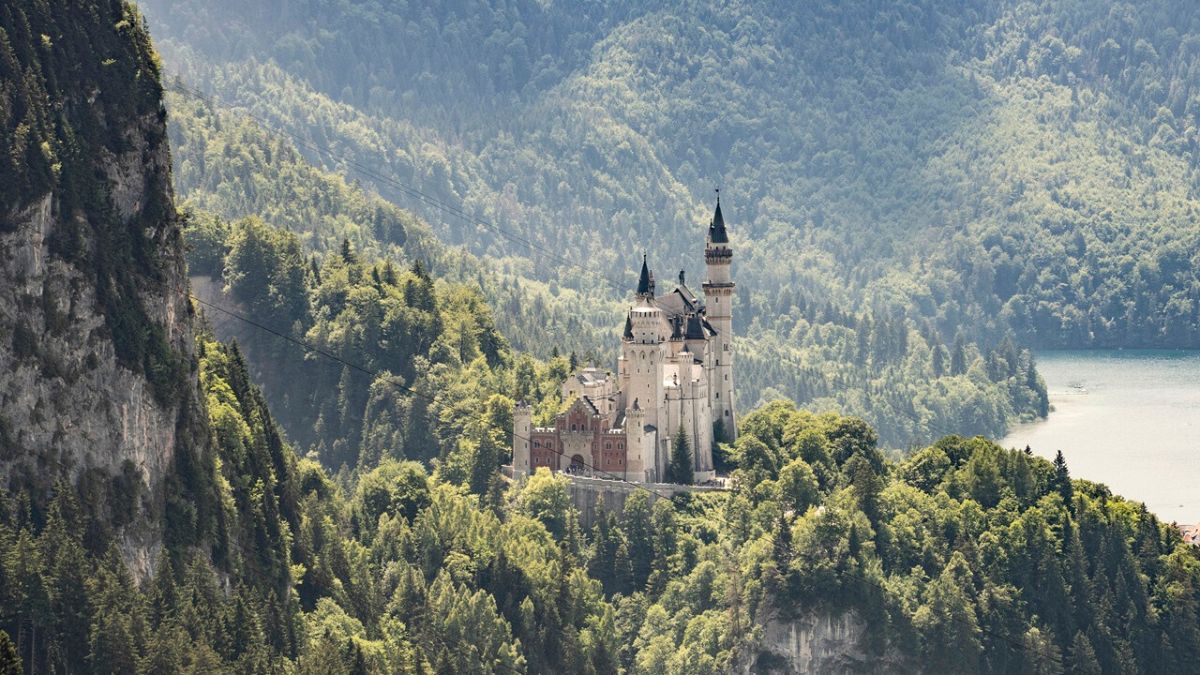

In a world rich with history and culture, recent developments have brought to light some fascinating stories from across the globe. From the addition of iconic landmarks to the UNESCO World Heritage List to the revival of cultural festivities, and the breaking of barriers in the literary world, these events highlight the diversity and depth of human civilization.
UNESCO has once again expanded its World Heritage List, bringing into the spotlight three significant sites. In France, the enigmatic Carnac Megaliths, a remarkable collection of ancient stone structures, have been recognized. These stones stand as silent witnesses to a distant past, inviting visitors to ponder the mysteries of prehistoric times. In Bavaria, the opulent Palaces of King Ludwig II, famed for their fairy-tale architecture and picturesque settings, now bear the UNESCO mark, ensuring their preservation for future generations to admire. Meanwhile, in Greece, the ancient Minoan Palatial Centres in Crete have been celebrated, offering a glimpse into the sophisticated society of the Minoans, one of Europe’s earliest advanced civilizations.
Venturing to the other side of the world, Peru has unveiled the sacred city of Caral, a magnificent and strategic site nestled between two significant pre-Columbian valleys. This ancient city, which dates back nearly 4,000 years, is a testament to the advanced and cosmopolitan nature of the Caralian people. Discoveries of ceremonial artefacts support the idea that Caral was a hub of cultural interaction and exchange, highlighting the interconnectedness of ancient societies long before the advent of modern technology.
In the cultural realm, the island of La Palma, part of Spain’s Canary Islands, welcomes back the beloved Dance of the Dwarves. After a hiatus of ten years, this enchanting tradition returns as part of the Bajada de la Virgen de Las Nieves festival. The dance, steeped in charm and local heritage, is not merely a performance but a celebration of identity and continuity for the residents of La Palma, enriching their cultural tapestry.
Meanwhile, a significant milestone has been achieved in Brazil as Ana Maria Gonçalves becomes the first Black woman to be elected to the revered Brazilian Academy of Letters. With a legacy of 128 years, the academy has long been dominated by white men, and Gonçalves’ admission marks a progressive step towards diversity and inclusion in one of Brazil’s most esteemed literary institutions. Her acclaimed novel, “Um defeito de cor,” has won her widespread acclaim and showcases her exceptional talent and insight.
These stories together paint a picture of a world embracing its cultural wealth and striving for recognition, understanding, and inclusivity. They serve as a reminder of the importance of preserving and celebrating our shared heritage, inviting us all to engage with and appreciate the diverse narratives that make up the fabric of human history.
Source: {link}
